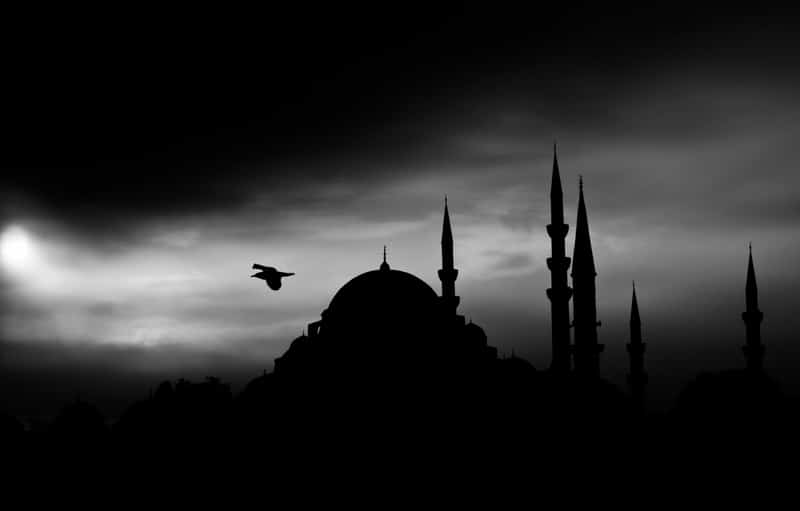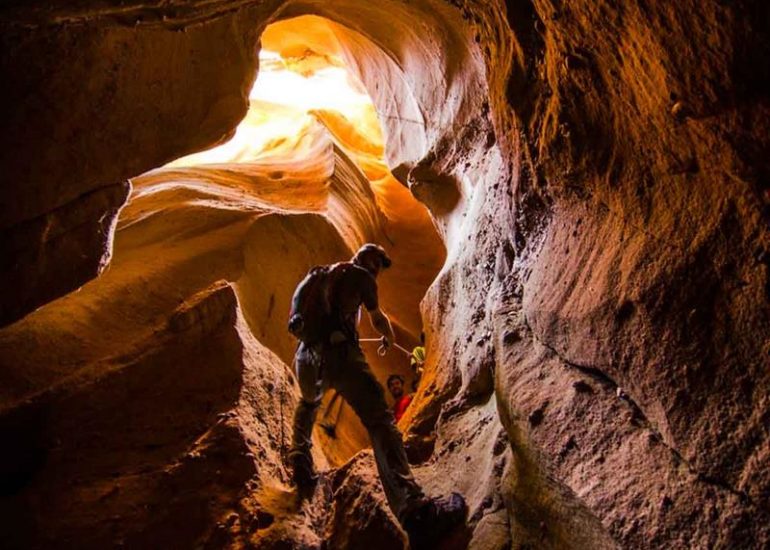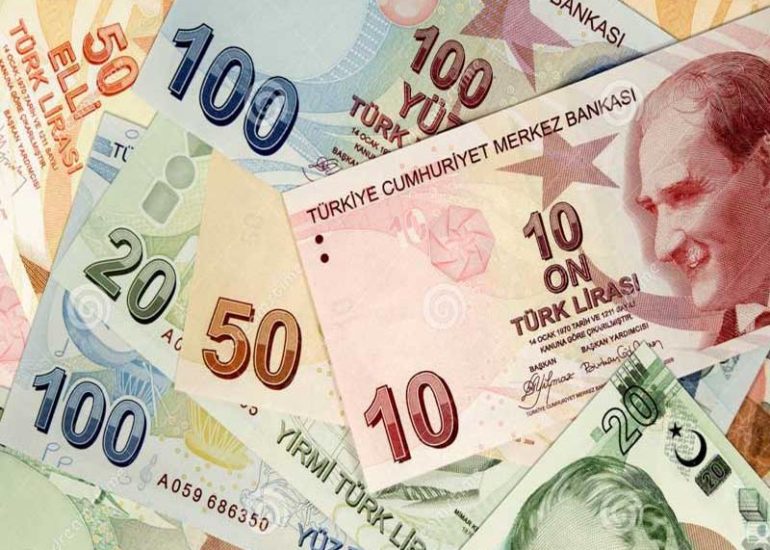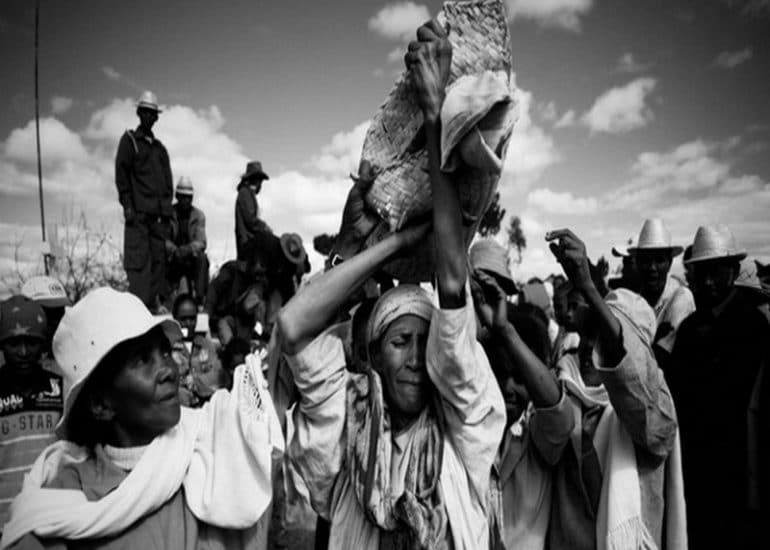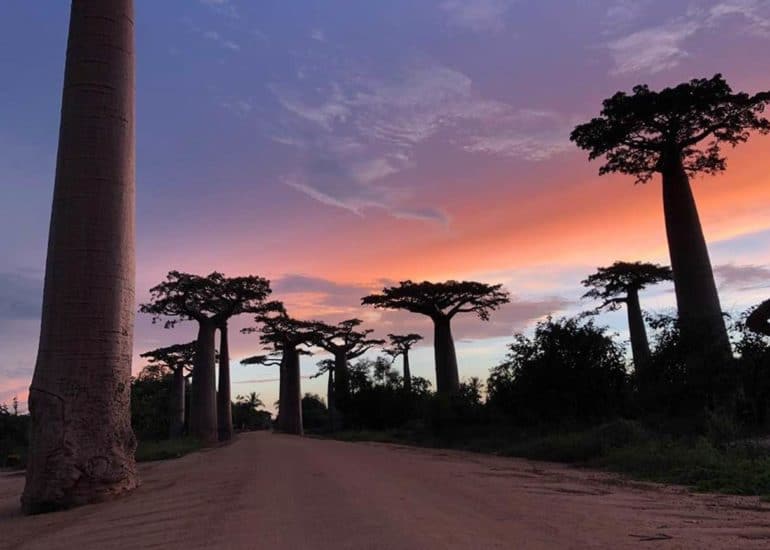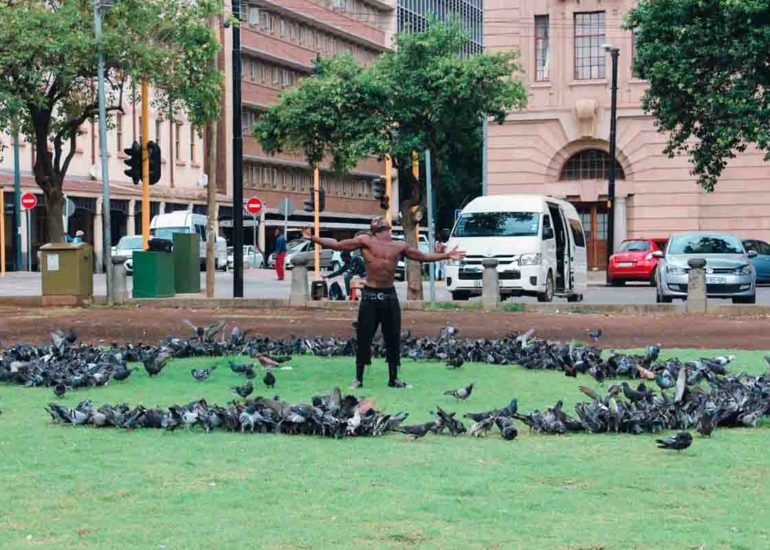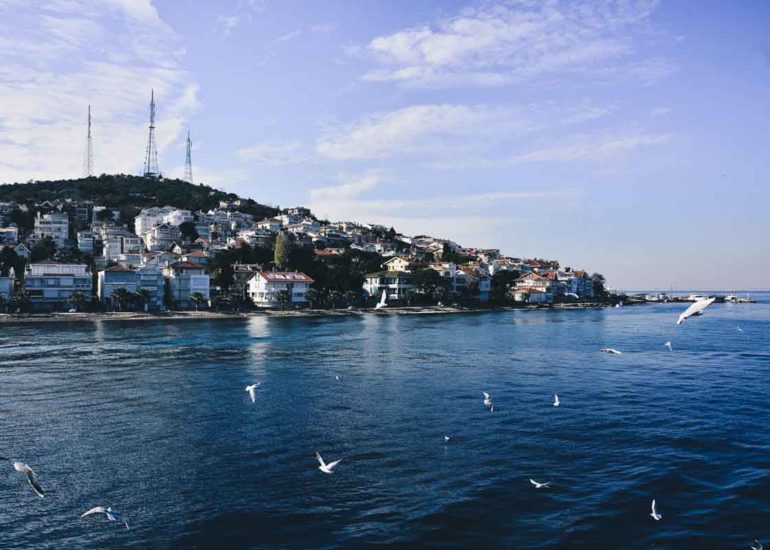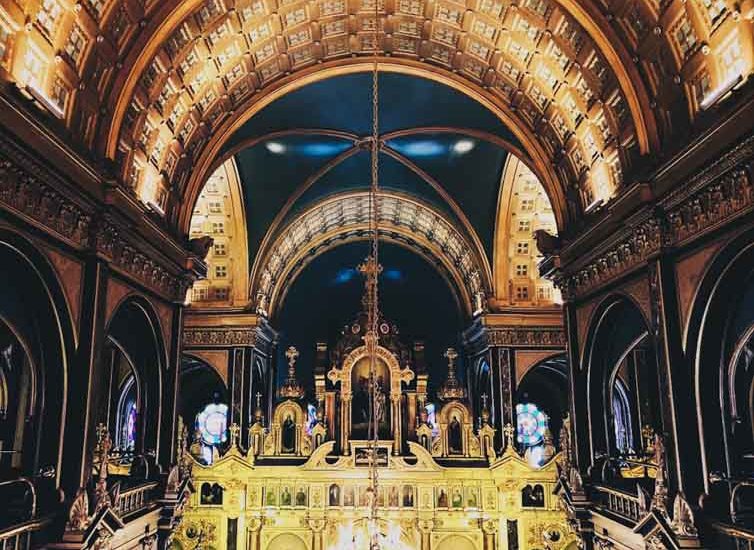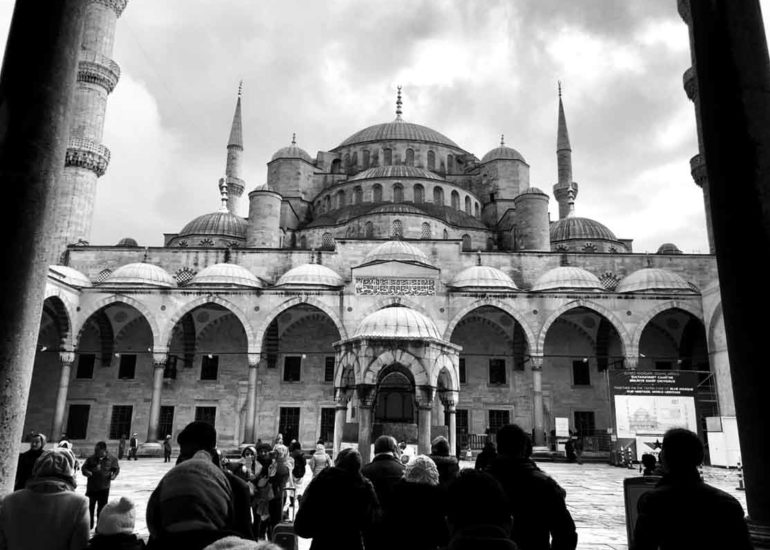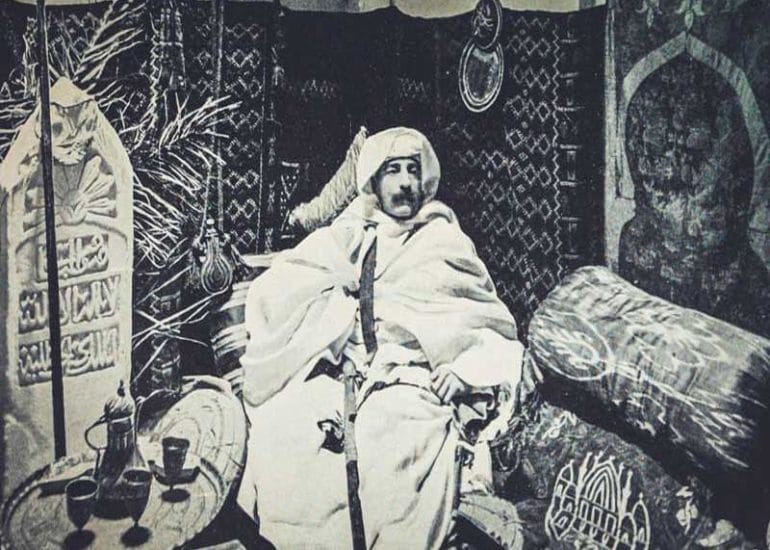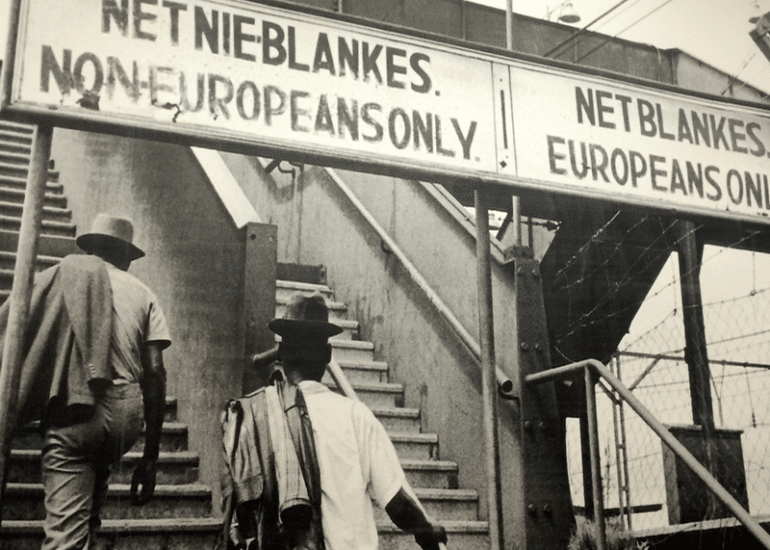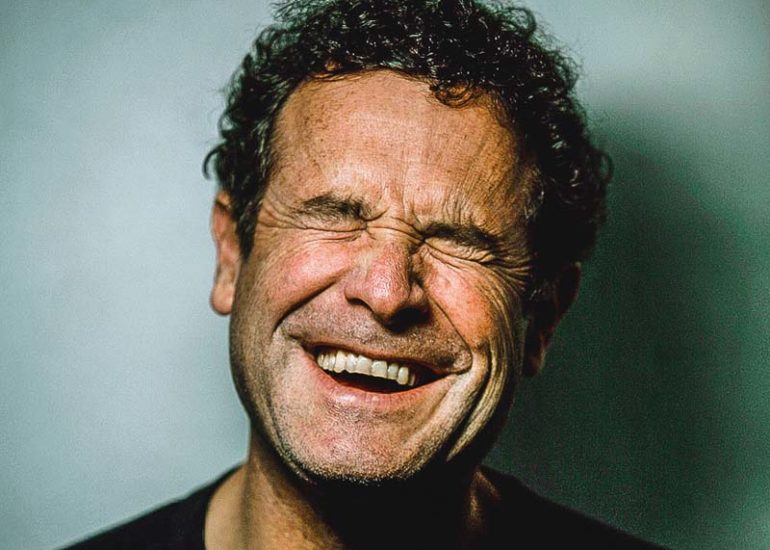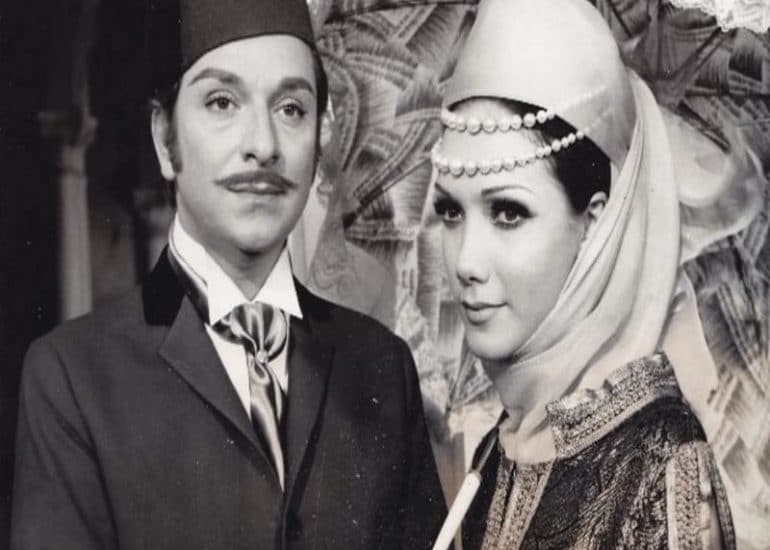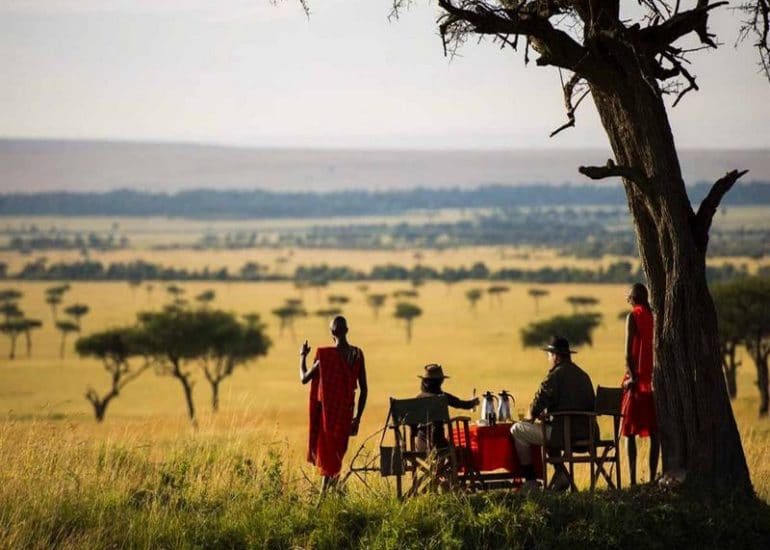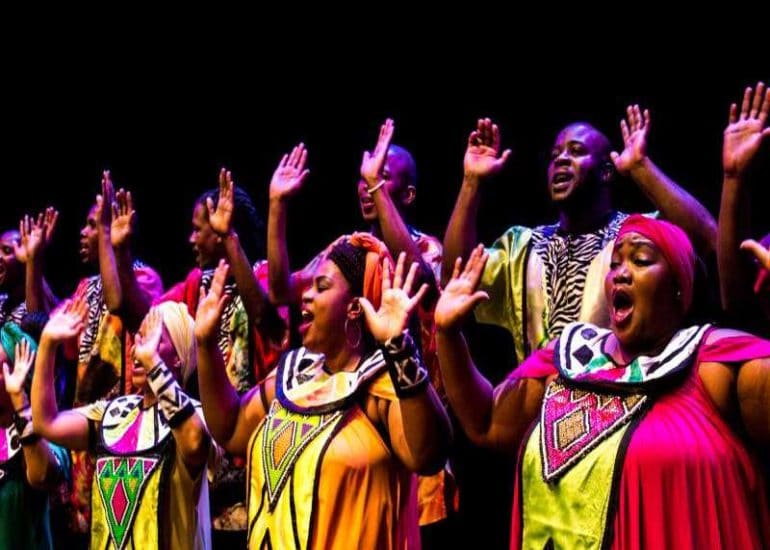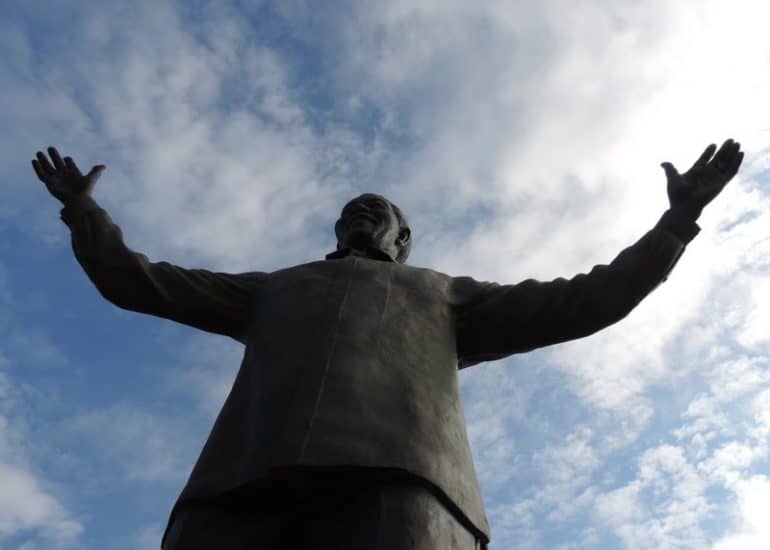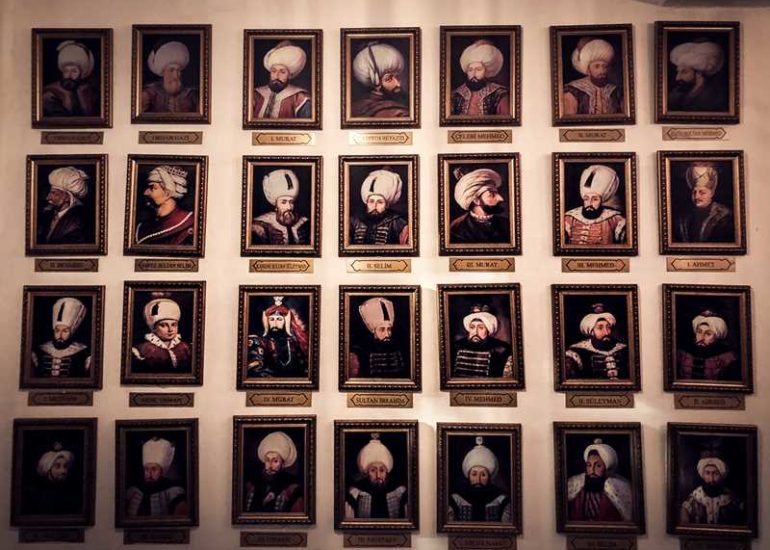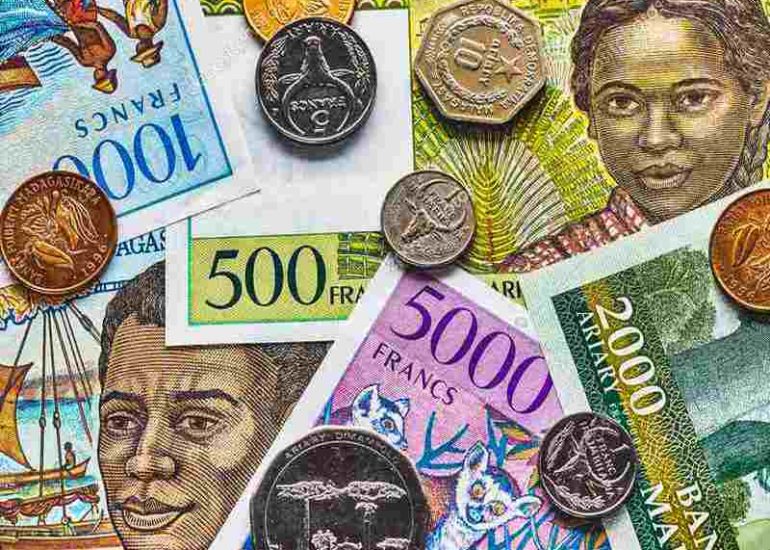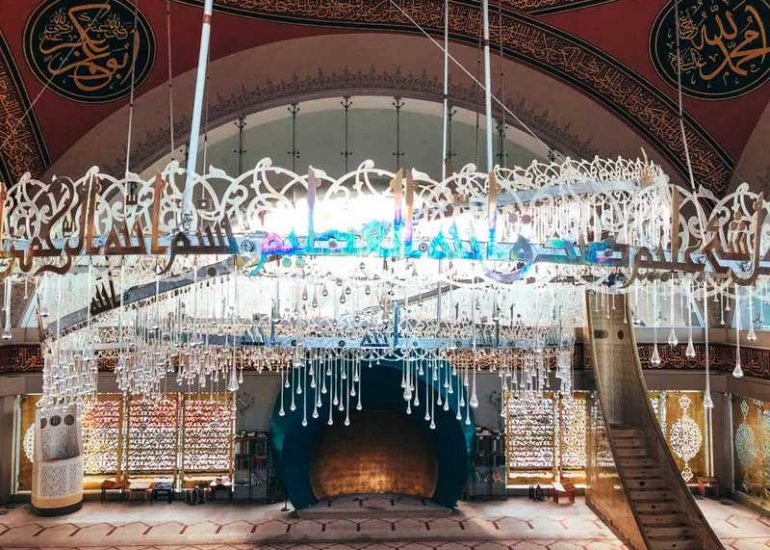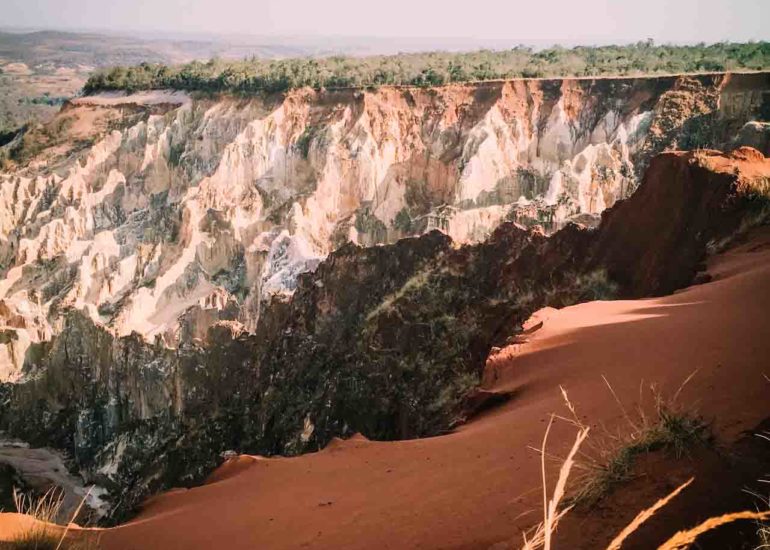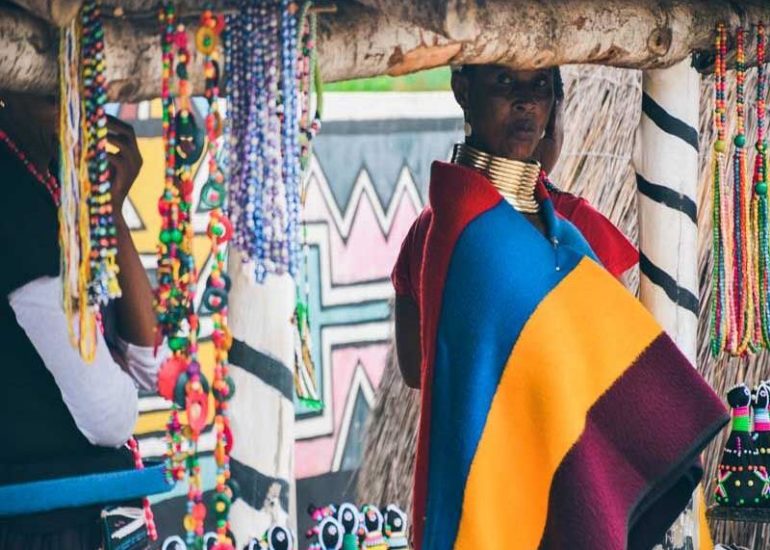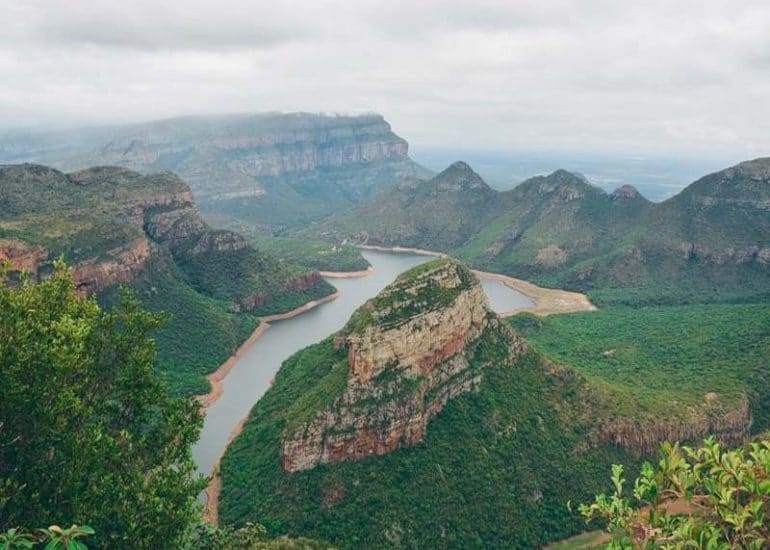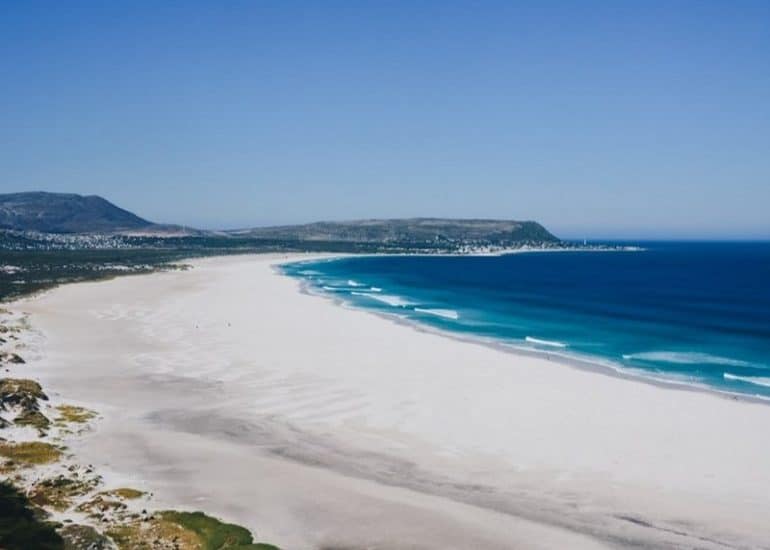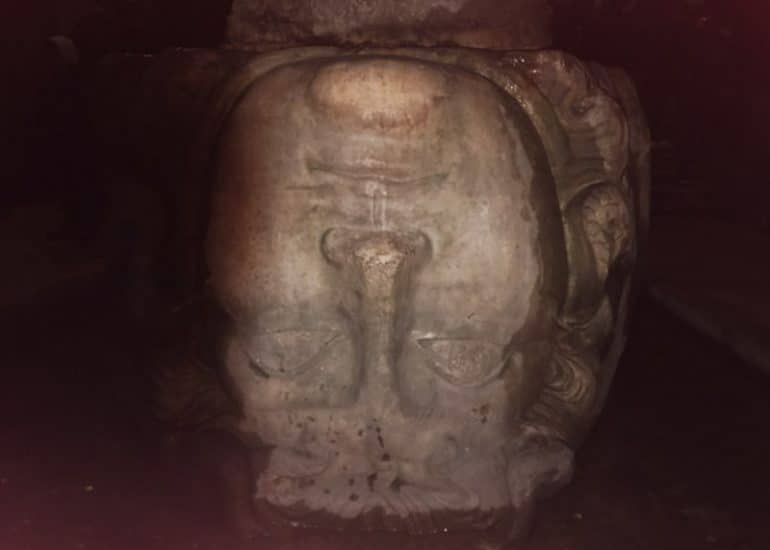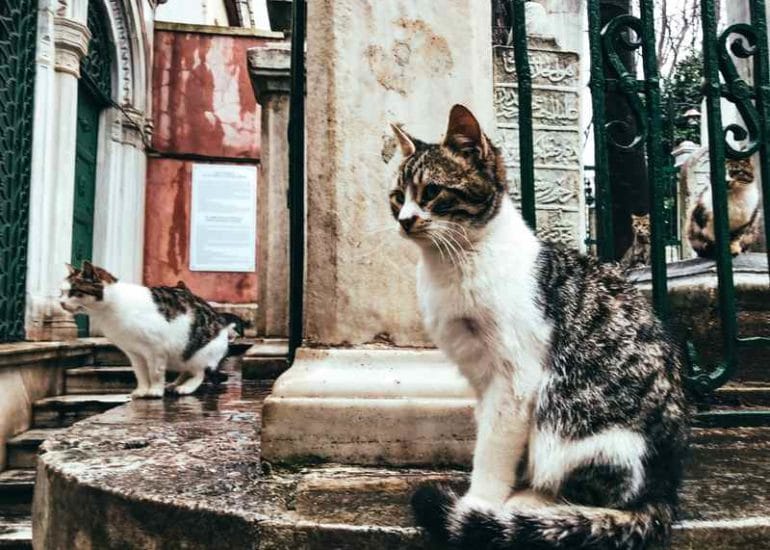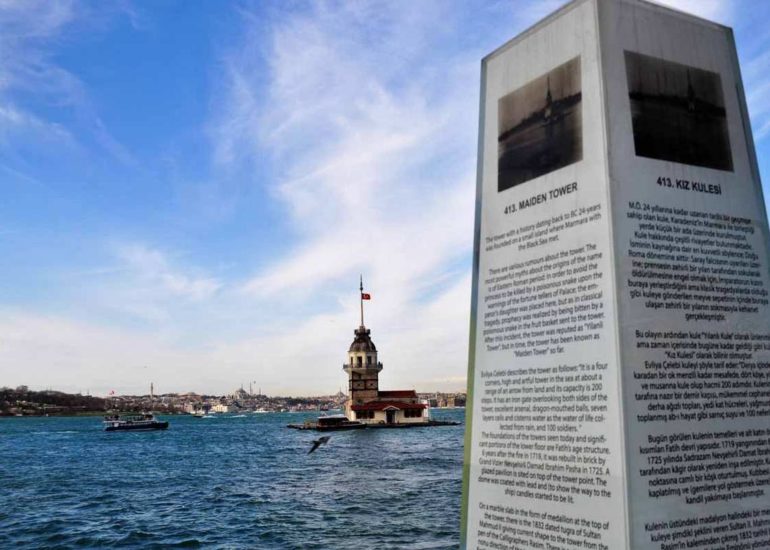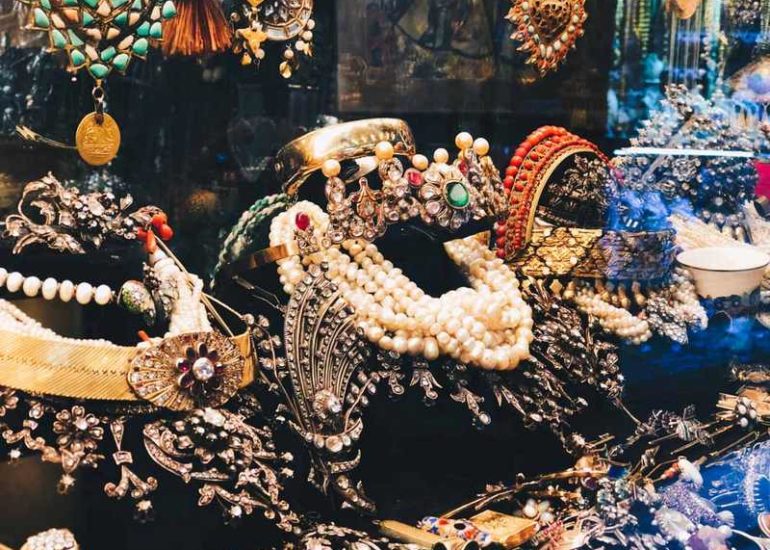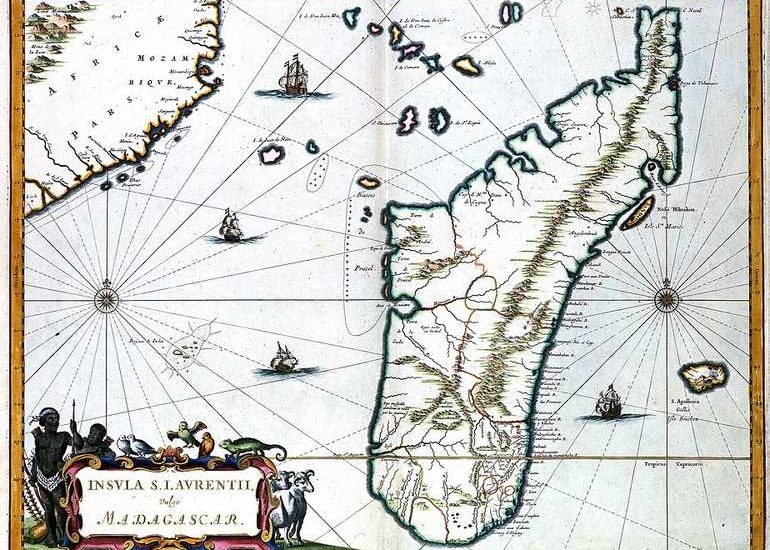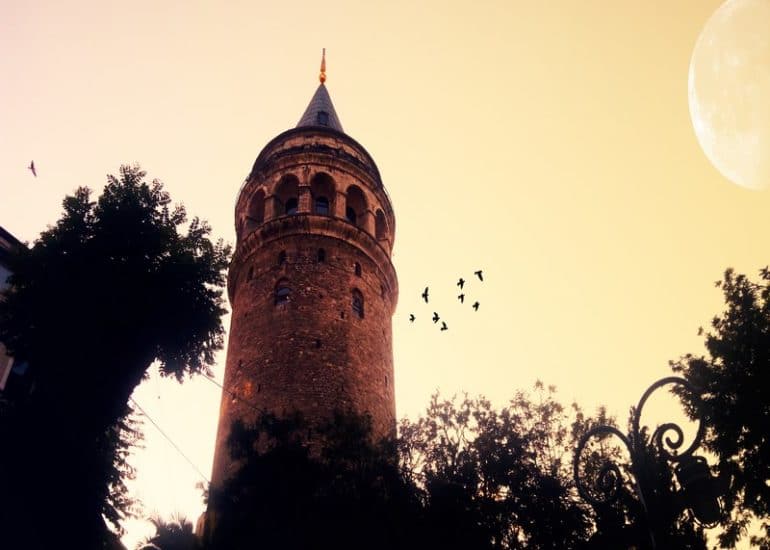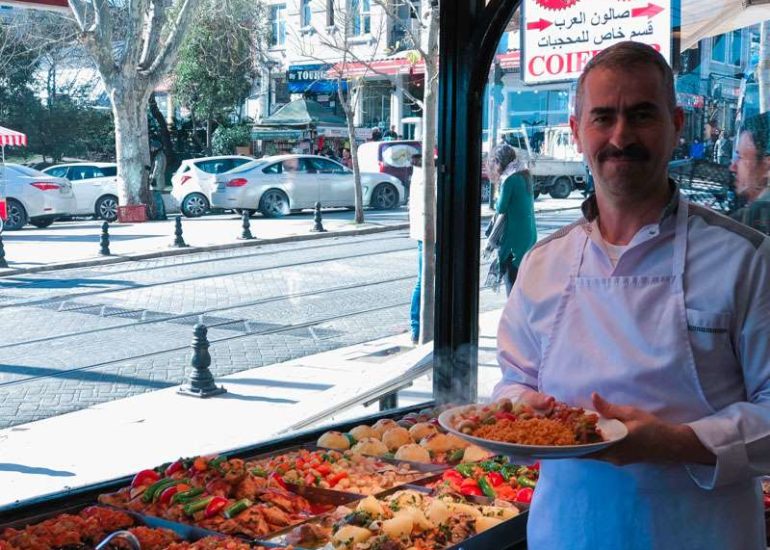Like Athens and Rome, former Constantinople is an ancient capital. Its splendour is a reflection of a past of conquest, wealth and struggle. Its builders and leaders wanted a city that impresses, inspires, transcends.
Straddling two continents, the seat of the Byzantine and Ottoman empires has always been the scene of intrigue and strategy. A fascinating and complex saga, but important to know in order to better understand the history of the city, its past and future stakes, and grasp where its beauty comes from.
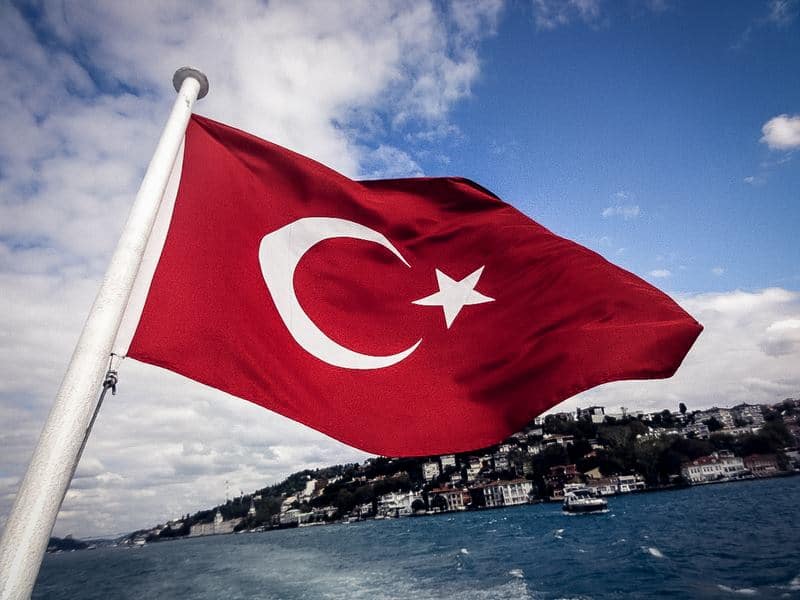
One city, three names, two empires
Byzantium will become Constantinople and then Istanbul.
7th century BC, Greek settlers led by a certain Byzas, founded the city and gave it its first name. It lasted for 11 centuries.
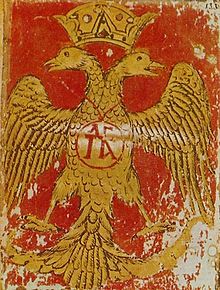
The double-headed eagle, emblem of Byzantium.
4th century AD
The Romans, threatened from all sides, need a new Rome to defend the Eastern empire. It will be Byzantium, ideally situated for the defense of the empire’s borders and at the meeting point of two seas. Renamed in 330 by the Roman Emperor Constantine, the city will represent the center of the world under Justinian, at its peak. Rome eventually fell into the hands of the barbarians, but Constantinople resisted and the emperors ruled from the city.
It should be noted that the term «Byzantine», purely Western, first appeared in 1794. The Byzantines considered and called themselves “ Romans ”.
1204
The Crusader knights turned away from their first goal : to seize the Egyptian ports, in order to exchange them for Jerusalem, regained by Sultan Saladin a few years earlier. Instead, they seized the wealthy capital of the Byzantine Empire on April 12 and sacked it. 2,000 Greeks were massacred. The scandal is immense in all Christianity and from this fatal day dates the real break between Eastern Orthodox Christianity and Western Catholic Christianity...
1453
The remnants of the Byzantine Empire can be summed up as the city of Constantinople alone when the Ottomans decided to seize it. It is then no longer populated "only" by 50,000 inhabitants, and between the 100-year war, the Reconquista and internal Orthodox questions, no one is "available" to save it. At the end of several rebounding episodes worthy of a Hollywood blockbuster, Mehmet III and his 100,000 Bashi-bouzouks, janissaries and sipahis soldiers take control of the city, and rush to Saint Sophia to turn it into a mosque. 4000 deaths. And history is changing for centuries to come. Ottomans can now link the western and eastern parts of their empire. The communities of the city will be governed according to their religion, not their ethnicity.
Europeans call it Constantinople, the Ottomans Constantiniya or Istanbul – from the Greek eis tên polin (towards the city) and/or the Arabic Islam bol (be filled with Islam), but it won't officially take this name until 1930.
If many Byzantine scholars and artists take refuge in Italy, greatly influencing the Renaissance (the end of the Middle Ages will be dated 39 years after this siege, in 1492), this shift of the city also allows the meeting of Eastern and Western scientists.
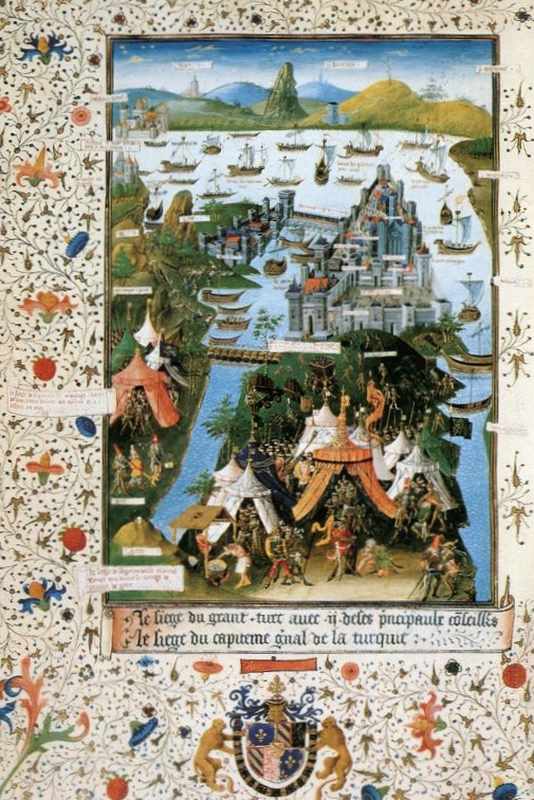
A drawing of the siege of Constantinople. On the left, the Golden Horn, and at the bottom, the Bosphorus Strait and the Sea of Marmara.
Where do the Ottomans come from ?
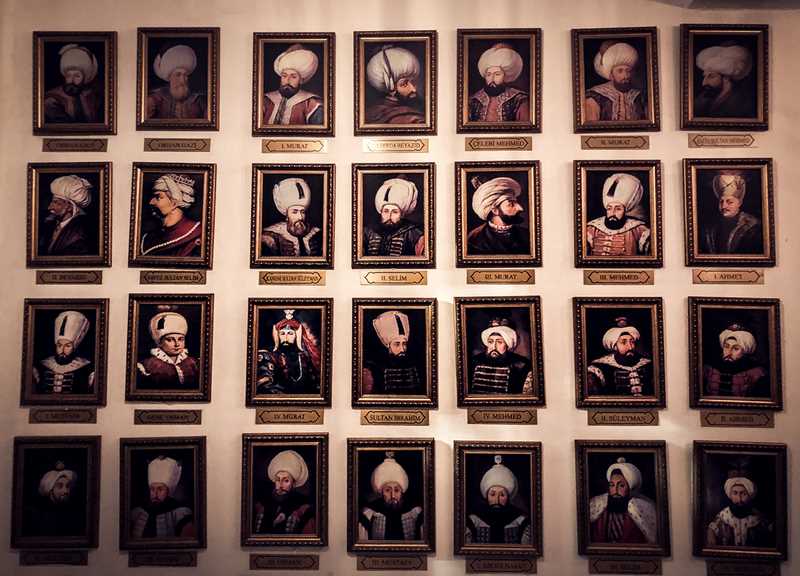
Their ancestors are Seljuq horsemen and shepherds (named after the founder of their state, Seljuk) from Central Asia, organized in clans, and especially nomads, whose daily life is marked by transhumances. Who might believe that they would challenge the Byzantine empire centuries later, even if it is reduced to a skin of sorrow in view of its past domination. But these shepherds are in fact conquering warriors in the soul, moving both by the lure of gain and the struggle against the “infidels”. The Christian enemy is rich… The Seljuqs will take three centuries to build their empire.
As is often the case in history, there is only one man left for all the conditions to be met and for the cards of fate to be put in place. It will be Osman, a great warrior from northern Persia in the 14th century, whose strength unites the different tribes. Its supporters will be called the “ Ottomans ”, a term born of a bad Western pronunciation of “Osman”.
Beginning of the saga.
Osman is tired of counting his sheep in the meadow, but what he wants is to expand the boundaries of the empire. For this he had no choice but to go west; the east was ruled by his Muslim “brothers”. In 1326, having grown his ranks of warriors attracted by the lure of booty and by adventure, he seized Bursa (Brousse) and set up the seat of his government there. A real bureaucracy was created, new laws were created. No more camping, we are settling down for good.
Les premiers chefs ottomans, conjuguant chance, intelligence et capacités militaires, sauront habilement utiliser les luttes intestines de l’empire byzantin (en conflit avec les catholiques) et fédérer les différentes tribus ottomanes, qui mèneront plus de cent ans plus tard Mehmet II à prendre la ville dont ils rêvent tous : Constantinople.
There was a time when sultans were presented by historians either as bloodthirsty and merciless conquerors, or without character, corrupted and debauched. Soliman being the only exception. But the first sultans were not barbarians without principle: The Christians of Constantinople were not massacred and the other religions were tolerated. They legislate, administer, organize.
The Janissaries : musketeers of the sultan
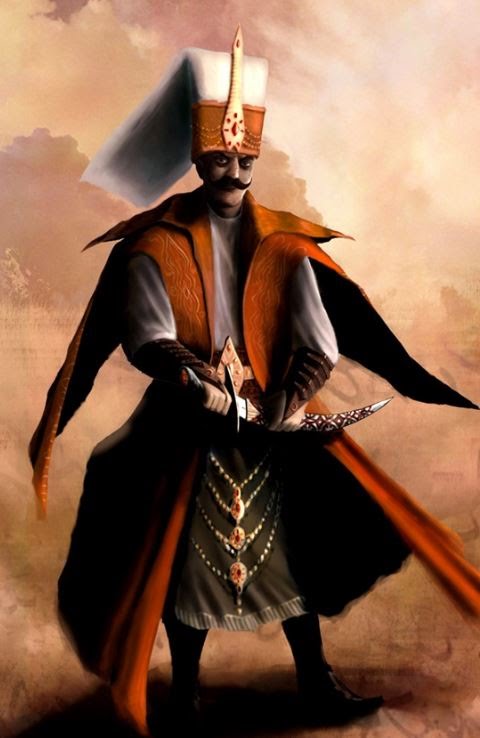
In the 14th century, faced with the risk of rebellion from other Muslim clans, the son of Osman, Orkhan, had the idea, inspired by an old Byzantine custom, of training elite warriors by enlisting Christian children (from 7 to 20 years) from their conquered lands: Devchirme. His children, torn from their families, converted to Islam to be educated in Constantinople, will form the future body of the janissaries, of Turkish yeniçeri, meaning “ new troop ”. They were promised a bright future and considered the Sultan’s adoptive sons, some of whom formed his private guard. According to their abilities, they became either administrators or soldiers, and could aspire to great positions.
While this kind of tax on children was most often heartbreaking, some families volunteered their children to provide them with a future and a high-quality education.
Excellent warriors devoted body and soul to the sultan’s cause, the West fears the Janissaries. They participate in the Oottomans'aura of invincibility during their conquests. Yet it's a sultan who will eradicate this order by having them all slaughtered in the 19th century. Too much power kills power… The Janissaries, who no longer come directly from the devchirme (therefore original Christians) and much less seasoned than their ancestors, had a sultan killed to put another on the throne to defend their interests (a story of course…), in the face of the new reforms demanded by the former. Their influence, which is too great, goes to their heads and causes them to kill people. Mahmud II wants to exterminate them: out of 140,000 soldiers, 120,000 are executed. The survivors manage to escape, as well as possible. The body is dissolved.

The Fall of Constantinople or the Death Certificate of the Byzantine Empire
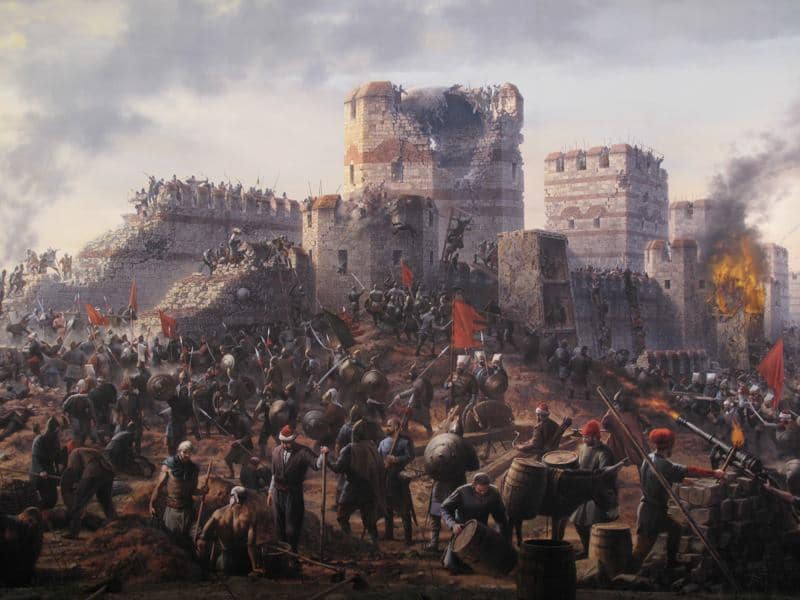
In the 15th century, the Islamic empire included Anatolia and the Balkans. Constantinople, then ruined and depopulated by quarrels («Byzantines», hence the adjective of the same name) of estates that have weakened the Byzantine empire, is in the middle... The economic, strategic and above all symbolic importance of this last rampart against the Muslim East, make it an object of unavoidable lust, it must fall into the hands of the Ottomans.
The movie Constantinople (Fetih 1453), traces the capture of the city.
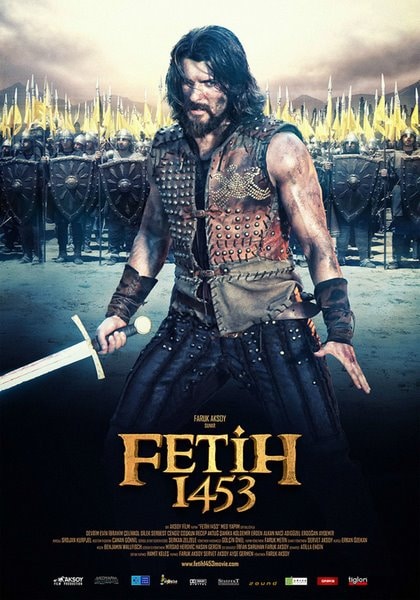
The Christians of the city have always vanquished the attacks, for nearly 1,000 years, but it's hard to see how the city could have resisted : no outside help granted them, the kingdoms already having their own problems to solve. Above all, the 8,000 politicians don't carry much weight against the determination of the 100,000 Ottoman warriors, who are already shaking Europe… The military genius of Mehmed II seizes Constantinople, which runs straight on its white horse to Saint Sophia, the only church that impresses him, his ultimate conquest.
He devoted it to Islam without wasting time; the old centre of the Christian world became a mosque. We could imagine the Muslim songs rising to the top of the dome, which resounded a few days before the incantations of Christian souls praying for their salvation in the face of the assaults of the Muslim “ barbarians ”.
The church will keep its beauty, and the city will become the place where « Islam abounds » : the future Istanbul. Mehmet II maintains the freedom of worship in the multicultural city and establishes the conditions of a flourishing city, in this area geographically made for trade. He ordered the construction of the Topkapi Palace, set up taxes and prosecuted the Devchirme, which provided him with income and protection. He also made fratricide a rule and killed his 19 brothers to avoid any quarrels of succession. Afterwards, the sultan’s brothers will be systematically strangled as soon as he comes, even babies...
Successive rulers – especially Soliman – continued the conquests and made the empire a patchwork of nationalities, multi-ethnic and multi-denominational.
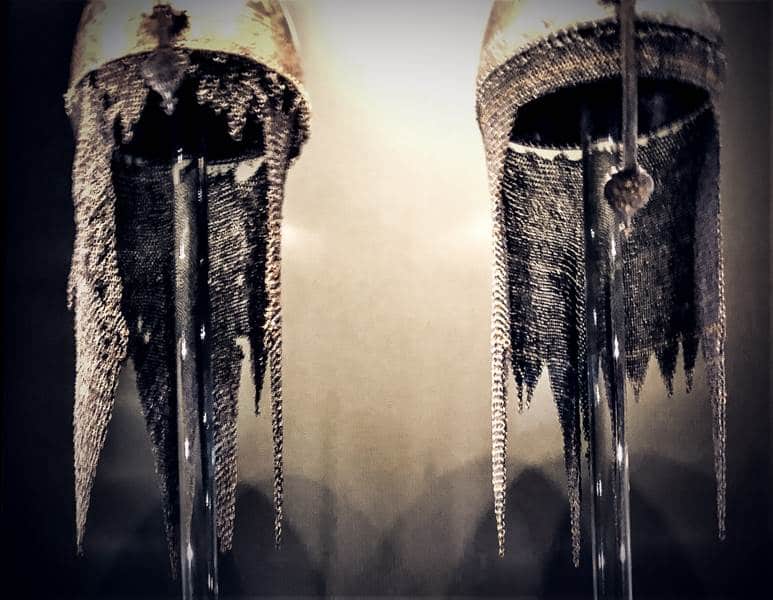
Helmets of Ottoman warriors, kept in the palace of Topkapi.
Magnificent Soliman, the Golden Age of the Ottoman Empire
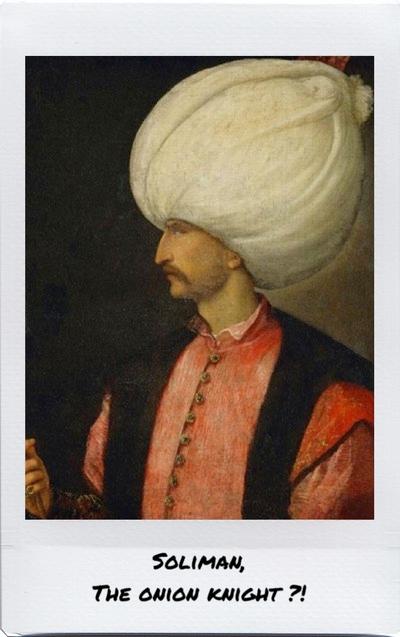
While the empire has known many sultans, only one, whose reign is synonymous with greatness, is commonly included among the great figures of universal history.
When the only surviving son of Selim I (he didn't have to use the law of fratricide) came to power, he was 25 years old. The world then knew two emperors : Soliman in the East and Charles V in the West, enemies who would never meet.
For the viziers to respect and obey him, the young sultan must first prove himself on the battlefield and conquer : it will be Belgrade, one year after his accession to the throne. Then Rhodes the year after, Christian land lost in a Muslim environment. He returns to his city full of glory and at last has free rein. The "legislator" endows the city with administrative laws and a well-oiled organization, which will indirectly enable it to overcome its Christian enemy, not benefiting from the same advantages. It corrects unpopular measures, pardons, restores freedom of trade. In addition, like his ancestor Osman, he knows how to take advantage of the political weaknesses of his enemy. The empire, which then numbered nearly 22 million people, controlled the world’s richest trade routes. Suleyman’s army is invincible and the wealth inexhaustible.
“ The magnificent ”, a nickname given to him by the West, both in his pompous outfits, his charisma and his nobility of character, had a particularly long reign : 46 years, which correspond to the golden age of the Ottoman Empire.
Emblematic figure of the city, cultured, intelligent, charismatic and passionate, we like to retrace his daily life in the palace of Topkapi. His monogrammed signature, the Tuğra, can be found in museums, on the walls of Saint Sophia, and up to the key chains of souvenir shops. His imprint on the city is indelible, the Turks being proud of this educated, conquering, virtuous, fair and merciful character, who knew how to enforce his authority. Adjectives however to nuance : Suleyman is emblematic of the extreme violence of his time, during which the prisoners were burned alive or slaughtered. To preserve his reign, he executed his two sons (and their children), whom he suspected of plotting against him.
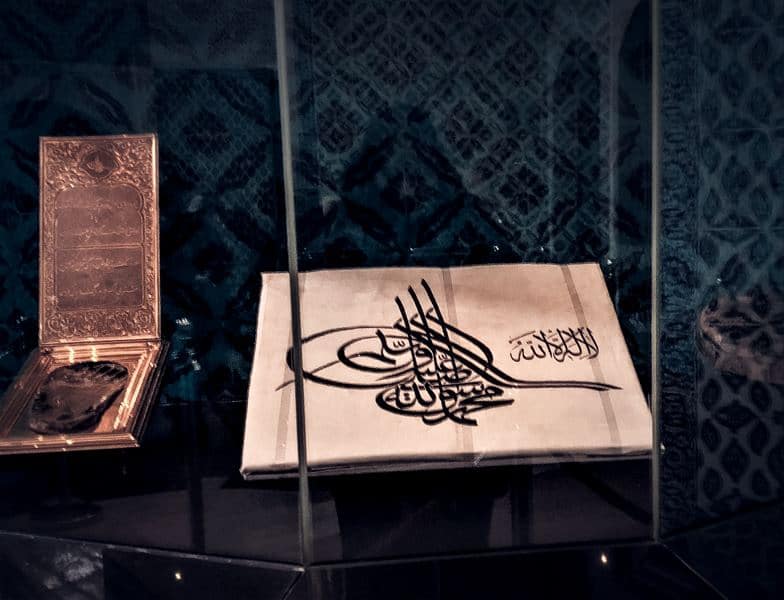
The Tuğra, monogram meaning « Süleyman, sultan, son of Sultan Selim, always victorious ». Fortunately, the cheques didn't exist at the time...
The empire is immensely rich. Soliman, a goldsmith by trade, is a great patron who knows how to attract to him the best craftsmen, including a man of comparable stature to Michelangelo : Sinan.
Sinan, the imperial architect
Although Soliman’s fame has survived the centuries, the name of his architect is less well known to the general public. I myself had never heard of it before I became interested in the history of the city. And yet, without it, Istanbul wouldn't have the same face since it built nothing less than 42 mosques. Istanbul inspires Europeans with its magnificence, its grandiosity. This is exactly what the sultan wanted. And what Sinan heard.
Thanks to the vision of the sultan and the creative genius of Sinan, masterpieces emerge, including the Suleymaniye (Soliman Mosque), considered the most beautiful mosque in the city, inspired by Saint Sophia like all the mosques built since Mehmet V. The architect also builds bridges, baths, 321 buildings in total, but his absolute masterpiece is the Seliminye Mosque in the city of Edirne, he’ll finish at 80.
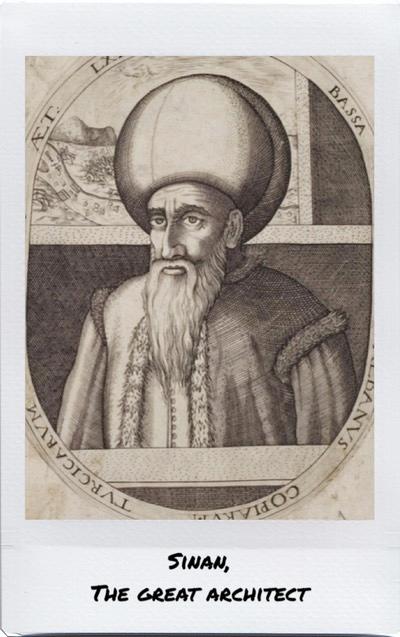
Sinan, of Armenian origin, returns to his youth in the body of the janissaries where he will be trained.
The book The Architect's Apprentice by Elif Shafak, deals with this period of major constructions, and addresses the personality of this perfectionist and passionate man. It's true that Sinan possesses this romantic dimension of the characters of their time. I imagine this man, well of knowledge, the nose always planted in his books or on his workings, passionate about his craft to the point of insanity, humble, serial creator and hard worker.
The Islamic aesthetic has disappeared since Mimar Sinan, an imperial architect of genius, of Armenian origin, and author, in the 16th century, of some Ottoman splendors such as the Mosque of Soliman.
Zeynep Fadillioglu, designer of the Saqirin Mosque
Love, plots and tragedies
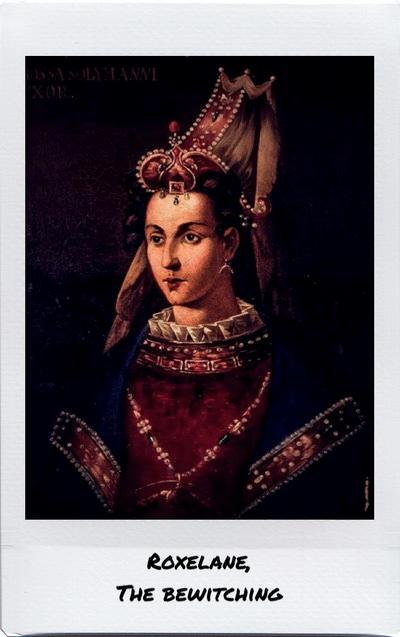
The only weakness of Süleyman, a romantic figure if need be, was his wife Roxelane, a slave chosen from his harem, who, by virtue of perspicacity and opportunism, succeeded in engraving the echelons and marrying the sultan, practice then outlawed for a slave according to Ottoman traditions. It would almost resemble a Harlequin novel, except for all the tragedies that Soliman went through, who had to execute his best friend and Grand Vizier, Ibrahim Pacha, and his sons, for reasons of State.
In a system where each descendant could ascend to the throne, without any particular hierarchy, the intrigues and murders at the palace were daily. According to Ottoman law, the new sultan had to kill his brothers and half, for the good of the state. Nice family reunions.

Sultan Murad II will have his 4 brothers eliminated. This traumatized his son, the future Ahmed I, who didn't want to reproduce such a massacre.
The rise to the throne of a new sultan meant for the favourites the death of their son(s), sometimes in infancy. Faced with this institutionalized cruelty, women had no choice but to intrigue and use their power to try to favour their child(s). A climate of hatred and bloody conspiracies, which began with Roxelane.
The harem,
kingdom of intrigues and power struggles
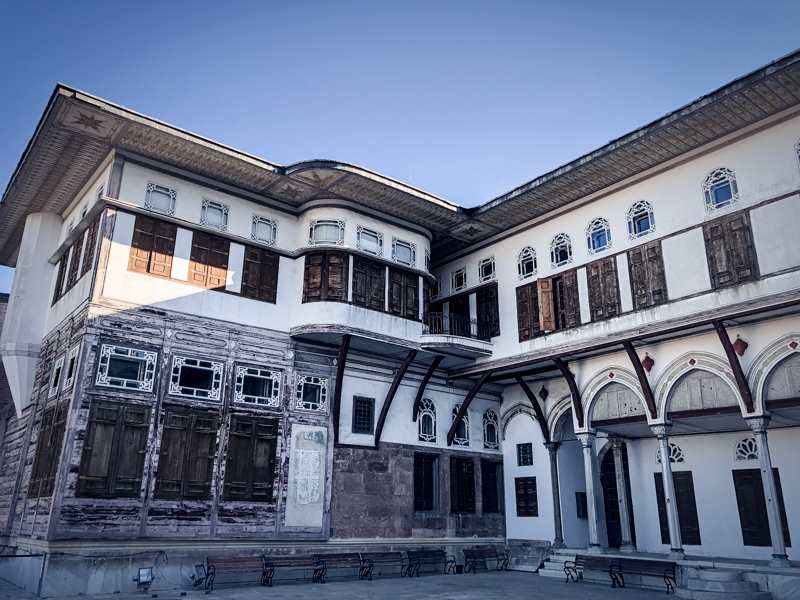
Borrowed from the Arabic word meaning “ forbidden ”, the harem is the private domain of the sultan. It welcomed up to 600 women, selected for their abilities and beauties, who learned to sew, embroider, sing, play music, tell tales, dance. According to the law, the sultan can have up to four wives and several concubines. It is his mother, the " valid sultane ", who decides in the first place his companions. The women are reclused, they are forbidden to leave the harem, and no man can enter it, except of course the sultan and the eunuchs (Christians, because castration is forbidden by Islam). The chief (agha) of these eunuchs held the 3rd place in the rank of the state : sacred promotion.
Far from being a place of depravity, the women were educated there and could then aspire to a marriage in high places, if they decided to leave the harem after a few years. The latter is governed by a strict hierarchy: first, the sultan’s mother and his deputy the head of the eunuchs, then the favorite (iqbal), the concubines (gözde), the mothers of the sultan’s children, the occasional concubines, and finally the young novices.
The sultan divides his life between conquests (both female and territorial), intrigues in the palace, and ministers' councils. Protected by his janissaries.
The harem is the great erotic fantasy of the Western man, which he tries to portray in words or in painting, often through the odalisques, young slaves in the service of the members of the harem.
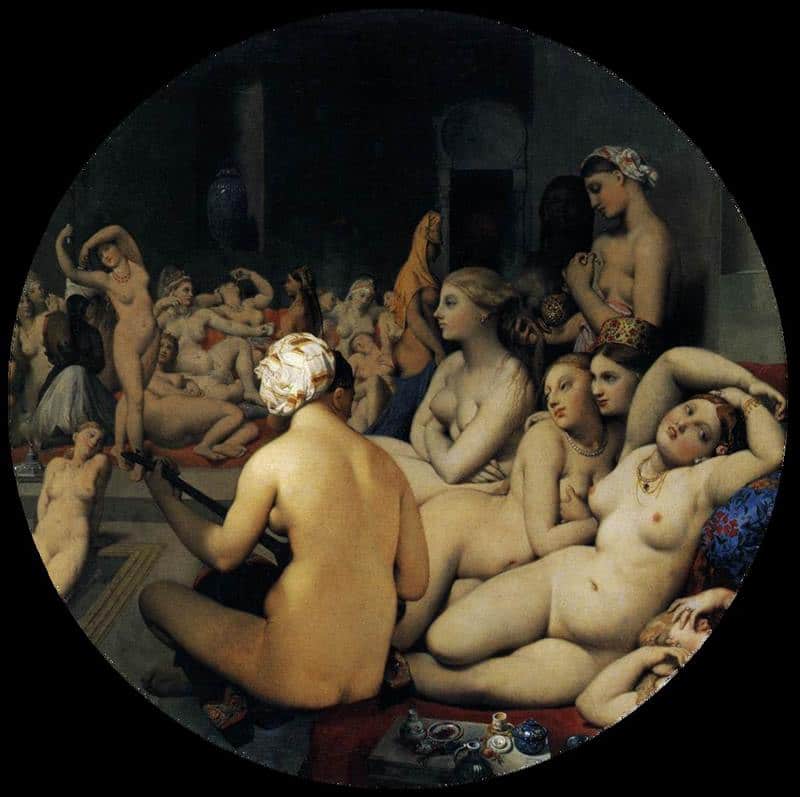
The Turkish bath of Jean-Auguste-Dominique Ingres (Louvre Museum).

La Grande Odalisque by Jean-Auguste-Dominique Ingres (Louvre Museum).
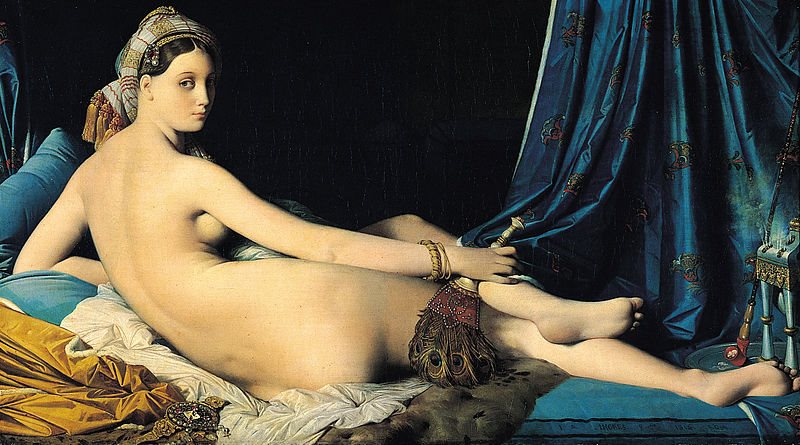
Odalisque With Tambourin by Henri Adrien Tanoux.
Where does the name " Sultanahmet " come from ?
The historic district of Saint Sophia, the basilica cistern and the Blue Mosque is named after Sultan Ahmed I. Although he reigned for only 14 years, the son of Mehmed III and Handan Sultane walked in the footsteps of his illustrious grandfather Soliman the Magnificent, working for the affairs of state.
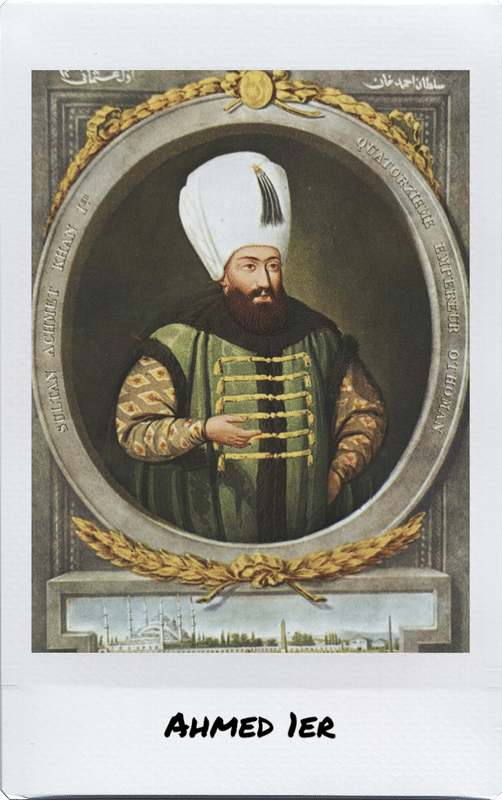
Marked by the death of his brother in his childhood and the actions of his father – who blithely used fratricide by having 19 of his brothers, 20 of his sisters, 10 of his father’s wives executed – he will spare the life of his half brother Mustafa and at the same time abolished this cruel law. His children didn’t miss it— but in the 17th century, the Şehzade (pronounce " shezadeu "), that is, the princes, will no longer be strangled but relegated to a secret part of the palace called the “cage”, from which they will only come out to ascend the throne, or die. Kit or double.
After the success of the saga about Soliman and his beloved wife Hurrem (Roxelane), Turkish television decided to broadcast a second saga, Muhteşem Yüzyıl Kösem (“ The Magnificent Century of Kosem ”), dedicated to the life of Ahmed and Kosem, Known as one of the most powerful sultans the dynasty has ever known. Charismatic actors, magnificent costumes, cleverly reconstructed sets, a masterful soundtrack, the saga about palace life and its intrigues devour itself, despite the 2h30 of each episode ! Available on Youtube, only the 1st episode is subtitled in English but fortunately a courageous blogger has translated all the episodes in English. Long live the Turkish binge watching !
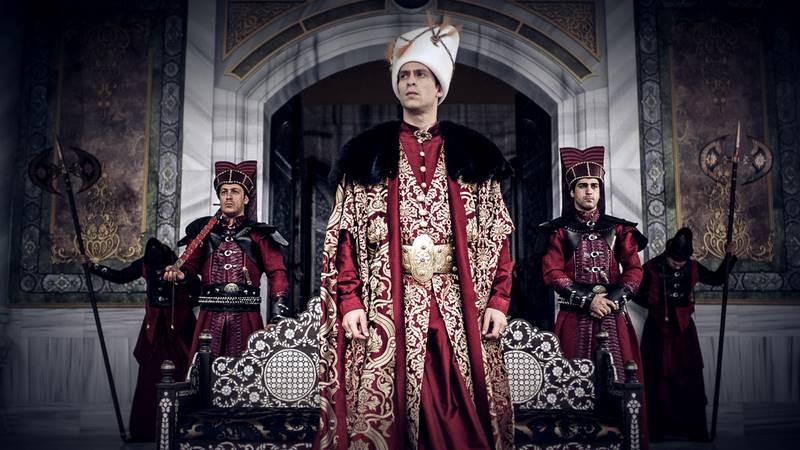
The handsome Ekin Koç plays the role of Sultan Ahmed I in Muhteşem Yüzyıl Kösem.
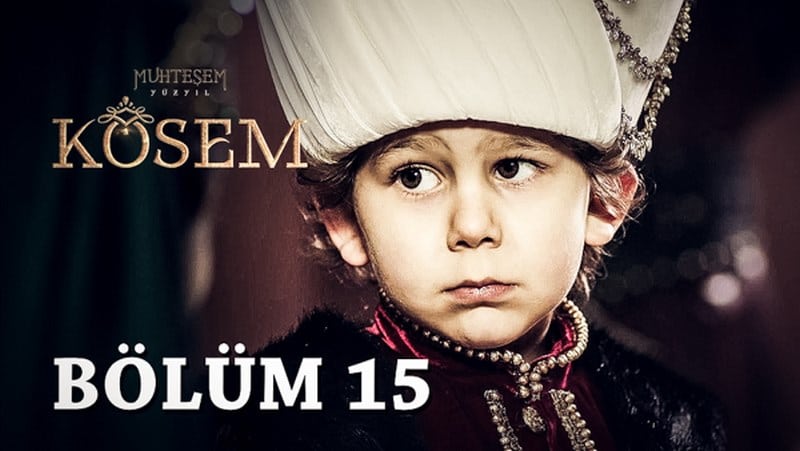
Mustafa, Ahmed’s younger brother, whom he will spare despite secular Ottoman law.
Spread in many countries concerned with the history of the former Ottoman Empire (Middle East, Maghreb, Eastern Europe and Russia, but also as far as Mexico), this nugget could seduce Europe.
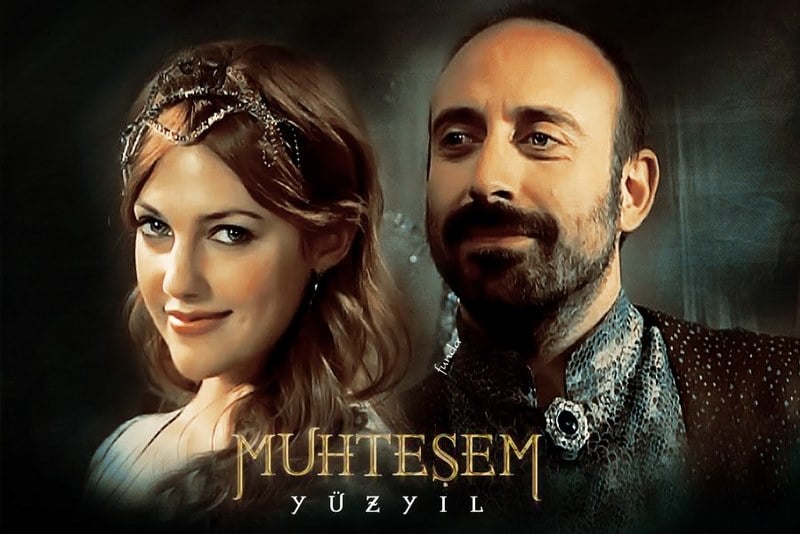
French people have the serie Versailles, the Turks have Muhteşem Yüzyıl.
This series allows to plunge into the intrigues of the harem, to understand the reality of the women who populate it, as well as the stakes that the sultans had to face, both outside and in their own palace, and the place of janissaries.
Sufism, the esoteric side of Islam
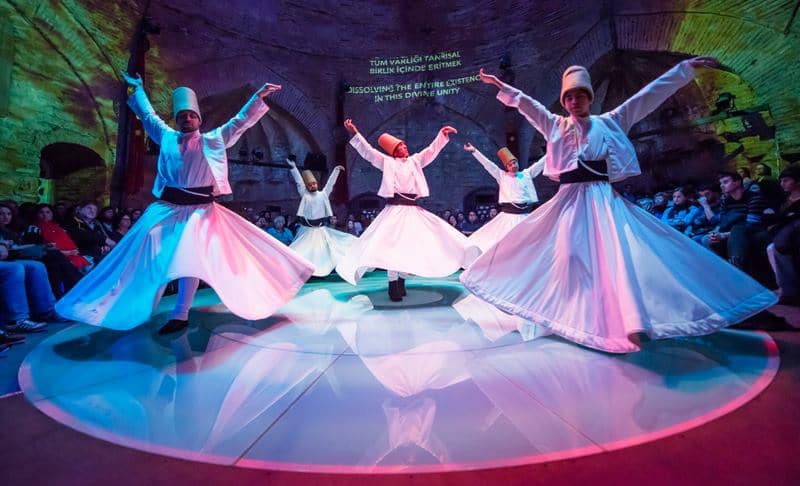
Right hand raised to heaven, left hand towards men, wearing a high hat, they turn and turn, reproducing the movement of the world.
The world turns, so does the dervish
This right hand transmits the energy, the blessing of God to men, through the left hand. The cap symbolizes the headstone of their ego, which they must extinguish, or at least control.
This current of Islam is often considered its mystical and poetic part.
For its followers, all reality has an outward appearance and a hidden inward appearance.
The universe is the Shadow of the Absolute
Rites (including the five daily prayers, Ramadan) are useless if their hidden meaning is not ignored, if they are not carried out with sincerity.
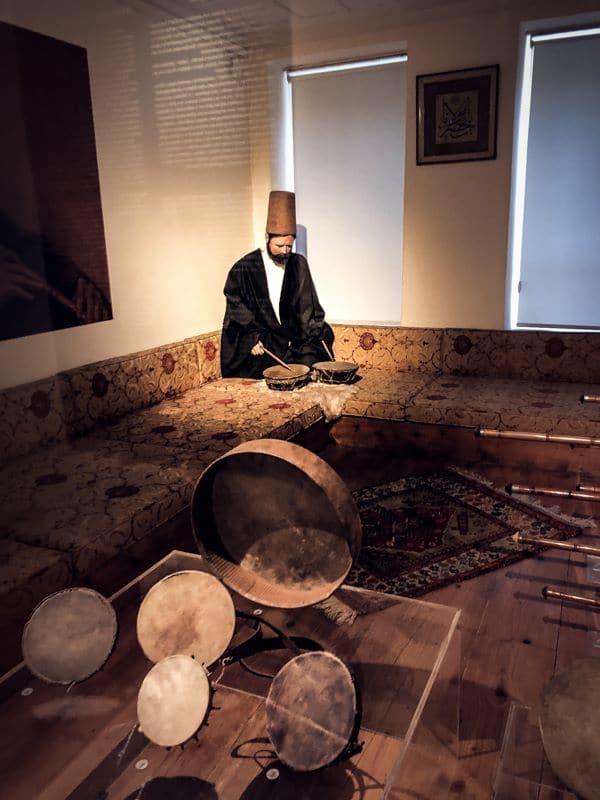
Representation of a Sufi religious at the Galata Mevlevi Museum in Istanbul.
Djalal ed din Roumi, known as Mevlana, founded the Mevlevis (or spinning dervishes) brotherhood in Konya, Turkey. There are others, such as the howler dervishes.
The mevlevis dance is their prayer, close to a trance. Reproducing the movement of the world, they turn on themselves, in a position of hands symbolizing the transmission of God’s knowledge to men.
Sufis are great poets who celebrate love and God. They have inspired works such as the Tales of the Thousand and One Nights or the love poem of Leyla and Majnoun, the Eastern Romeo and Juliet.
Generally Sufi from father to son, they have other professions: doctors, engineers, etc.
While the beliefs of its followers differ from classical Islam, they also claim to be Mohammed. But traditional Islam sometimes regards this religion with distrust and has sought to marginalize it.
The God of the Sufis is a God of love that is accessed through Love. No wonder they became enemies of the jihadists. In 2017, a mosque attack in Cairo killed 305 people in the Sufi community. This pacifist religion has many martyrs who died for their ideas.
In Istanbul during the reign of Soliman, Mashuki (or Oğlan Şeyh), a Sufi preacher, was convicted of heresy and executed at the age of 19 in the company of twelve of his disciples. The sultan’s council tried to get him out of it.
Mashuki, in the magnificent Turkish series Muhteşem Yüzyıl.
Atatürk, will ban the Sufi religion in 1925.
The end of the empire
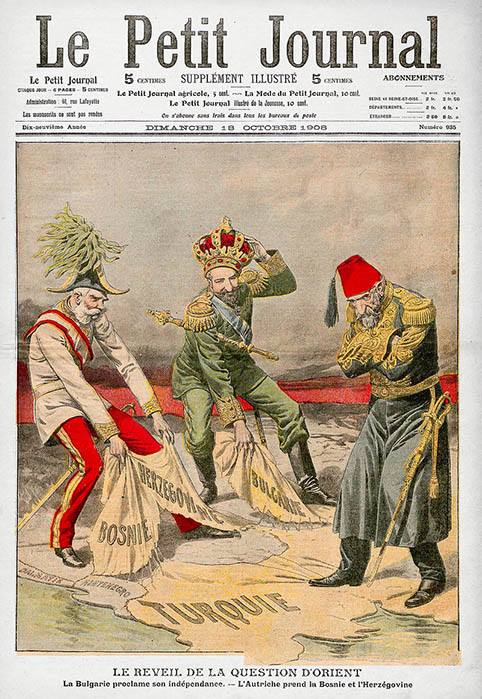
Everyone wants their share of the Ottoman pie.
As soon as there are no more conquests, there are no more spoils and therefore less income (from taxes on new land acquired), but the army, still there, is expensive to maintain. To make up for this deficit, the government is imposing too many taxes on the population, which is revolting in various places. The mediocrity of some sultans and their bad advisers, more interested in their personal gains than in the good of the empire, does not help matters. Of course the process of empire degradation did not happen in a day, but because of the distensions, its mismanagement, corruption and the movement of geopolitics, its end is inevitable.
1914.
There are many beautiful people in Constantinople. Writers, diplomats, and many spies, who find themselves in strategic locations, the mythical Pera Palace in the lead.
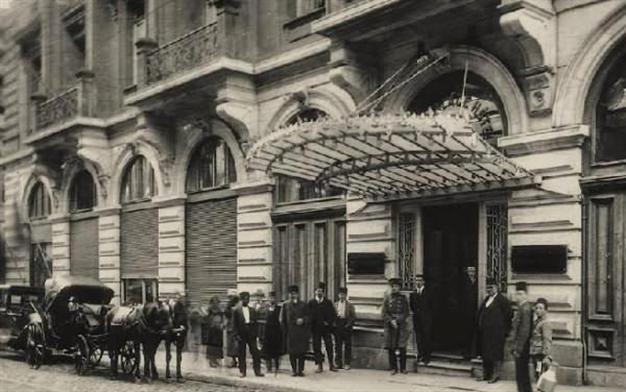
You just had to throw a stone through the window of any big hotel to be sure to touch a secret agent.
wrote an American official.
The intrigues are no longer in the harem, but between Sultan Mehmed V, Europe and Russia. During the First World War, " the Bosphorus was the outlet for all the swindlers and spies from Europe ".
And this worsened after the Bolshevik revolution (1917), with the immigration of many white Russians to Istanbul.
Mehmed V is no match for a Soliman. All he wants is to keep his throne and not be imprisoned like his brothers, even if it means letting his country be dismantled and divided among the victors of the war. In any case, he has little power and follows the policy of Enver Pasha, the minister of war and the real leader of the country, who, for economic reasons, makes him turn his jacket and choose the side of Germany… Wrong choice; Istanbul was occupied by the Allies in November 1918. As Mustapha Kemal gradually regained control of the country, Mehmet VI (Mehmet V’s brother who died in 2018) fled.
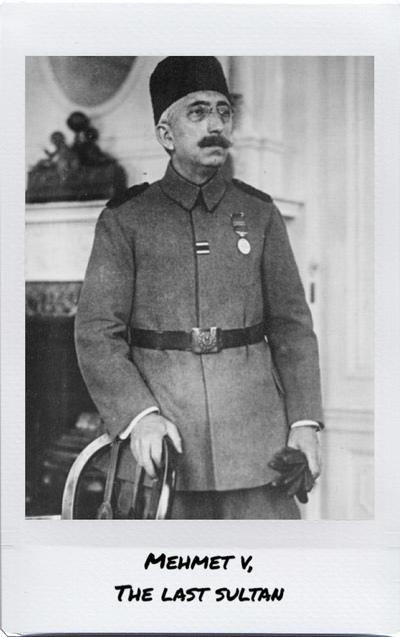
Considering that my life is in danger in Constantinople, I take refuge with the British government and ask for my transfer as soon as possible from Constantinople to another place.
His cousin Abdul-Medjid was then appointed caliph (in other words, head of world Islam) but not sultan.
469 years of sultanate thus end. He promulgated the 1st Ottoman Constitution, thus ending centuries of absolute power, but he backtracked two years later. In 1908, the nationalist party of the Young Turks (Comité Union et Progrès) overthrew him and took power. To continue their "Panturquism" and out of fear that they would rally with enemy Russian troops, the infernal trio of the Three Pachas Talaat, Enver and Djemal ordered the massacre of all Armenians, a non-Muslim community in Turkey. 1,500,000 victims, between 1915 and 1917. A genocide still not recognized by Turkey...
On the eve of the First World War, the Ottoman Empire was populated by nearly 15 million people, from Mecca to Jerusalem, from Baghdad to Ankara. At the end of it, the Treaty of Sevres provides for the dismemberment of the empire, unacceptable in the eyes of the nationalists, led by a career soldier born in Europe (in Thessaloniki), the future general Mustafa Kemal Atatürk. He led a counter-offensive in spite of the sultan’s authority, and won the decisive battle of the Dardanelles at Gallipoli, against the allies. The ball has changed sides, Ataturk can now impose the limits of his own country.
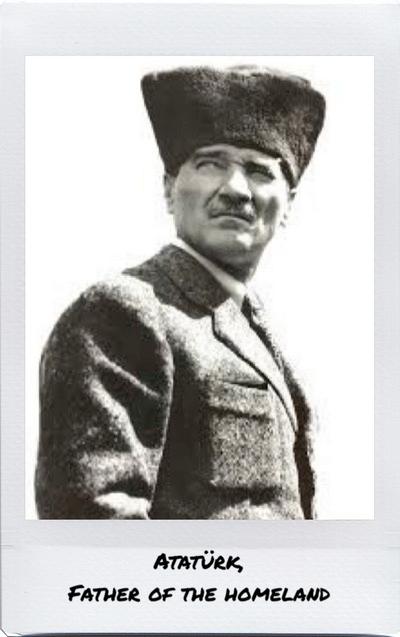
Atatürk, father of the homeland, is worshipped in Turkey.
The caliphate was abolished in 1922, the members of Osman’s house had to clear territory. Mehmed V flees, and Atatürk, a providential man in the eyes of the population – he has reversed a desperate situation – becomes the first president of the new Republic of Turkey. He transferred the capital to Angora and renamed it Ankara. He wants a secular country, religion before him to be confined to the private domain (at home). A militant atheist, he did not oppose faith but rather fatalism and clericalism. Even if it defends it, it behaves like a dictator and literally gets rid of any opposition (this should remind you of someone...). His new country must be modernized, drawing heavily on the West, particularly as regards the emancipation of women.
Until then considered as an inferior being, the woman could not walk the streets, even with her husband, supposed to remain confined to the house (the haremlik) : a good slave to make children and cleaning. Mustafa Kemal literally unveils them, because he considers that to cover the nation with ridicule. It abolishes polygamy, repudiation, makes public harassment a crime, grants them the right to vote and balances the rights of succession so that they are no longer adversely affected.
He adopted the Gregorian calendar and reformed the alphabet: the literacy rate soared. The Turks have to choose a name (until then people only named themselves with a first name and added that of the father). The « non Turkish » terminations in « -poulos », « -ian », « -off » are forbidden. Kemal then becomes Atatürk, the «father of the Turks». The day of rest on Friday is replaced by Sunday, Saint Sophia is restored in its Byzantine splendour, the ancient palaces, including Topkapi, are open to the public.
Istanbul is predominantly Christian, but Atatürk wants more than anything else a homogeneous country with a strong identity. Having seen the empire ravaged by the nationalism of religious and ethnic minorities, it began an ethnic cleansing, and forced non-turcs to emigrate. Christian families who had lived in the Ottoman Empire for generations now had to leave it, leaving their wealth behind, to the benefit of the new Muslim “ turks ”.
He died of alcoholic cirrhosis at the palace of Dolmabahçe on November 10, 1938 at 9:05 a.m., at which time all the clocks of the palace were arrested. Every 10 November at 9:05 a.m., the Turks observe a minute of silence as a tribute to the father of all Turks.
Thus, the city was imperial capital for nearly 16 centuries.
If only the basilica cisterns and the church of Saint-Sauveur-in-Chora remain from Byzantium, the religious buildings are regularly restored.
Saint Sophia and the Blue Mosque have not finished dazzling their visitors.
Did you know ?
A source of inspiration for the small and large screen
If it turns out that the siege of Constantinople inspired the Battle of the Fields of the Pelennor in The Lord of the Rings, I ask myself the question for Game of Thrones... The Janissaries, torn from their families from an early age to become perfect warriors without fear, remind me of the Immaculate of Daenerys.

The Unsullied of Daenerys.
Moreover, the Greek fire, used during the episode of the Battle of Neva, did exist, and was invented in Constantinople.
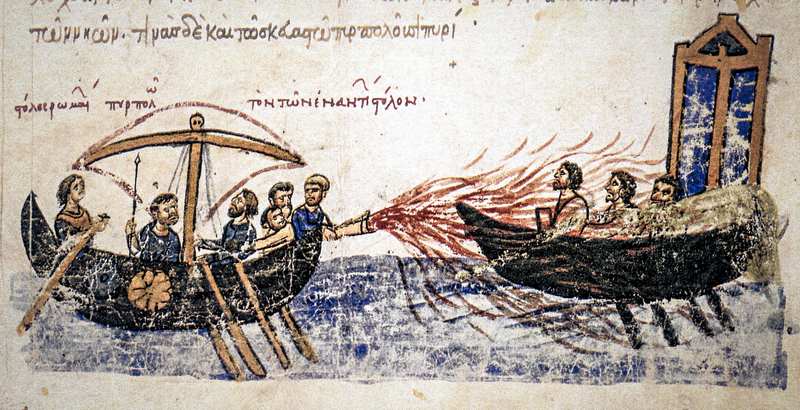
The Greek fire used here by a Byzantine ship.
And also, Kulezi, " towel " in Turkish, looks strangely like khaleesi isn't it ?
The Silk Road, the globalization before time
Like Samarkand, Istanbul evokes in the collective unconscious the mythical Silk Road. Byzantium, the compulsory point of passage between the East and the West, was the result. This great period of commercial, cultural and religious exchanges, initiated by China in the 2nd century BC, contributed to the growth and influence of the city for nearly 800 years. The Seljuqs, and later the Ottomans, owe him their wealth.
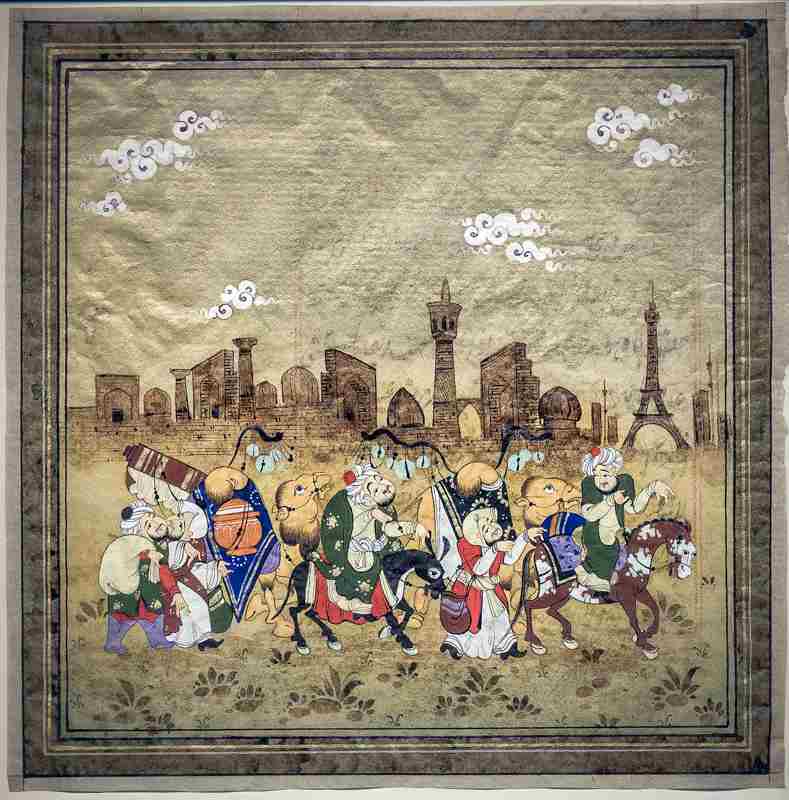
The caravans and their camel herds braved the dangers (attacks of brigands) through oases, deserts and mountains, to bring the precious productions from all over the world. When the East wanted gold and ivory, the West demanded furs, Indian spices, jewels, fruits, Persian rugs (already the Must !).
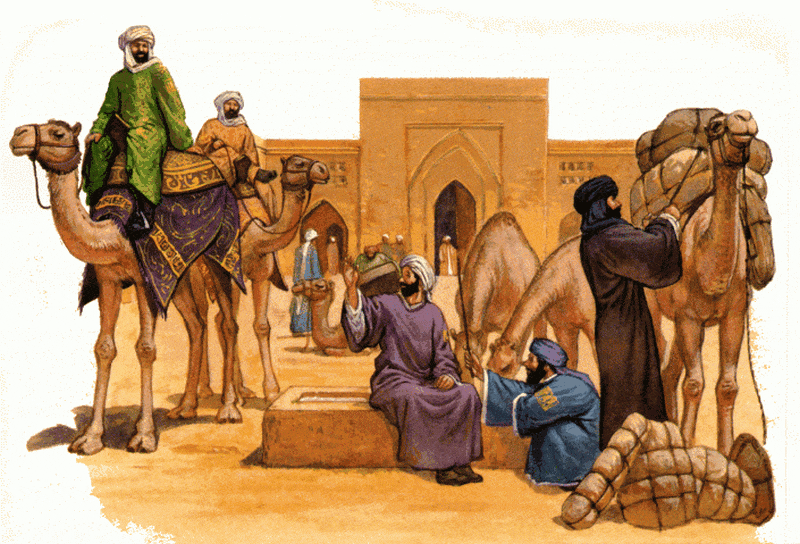
Camels are the indispensable companions of pilgrims, diplomats, spies, missionaries, and of course merchants – including Marco Polo – who roam the road: they resist extreme temperatures, can travel up to 50 km/day and carry a load of 200 kg.
Caravanserai, resting havens and fortresses erected to protect caravanners in exchange for a tax on their products, constitute the vestiges of this past of commercial nomadism.

The caravanserai Neyestānak (Iran)
At the height of these exchanges, the convoys left Xi'an (where the famous terracotta army of the 1st Emperor of China is located) then capital of China, until Antioch (currently in Turkey). But the heart of this road, travelling through 13 countries over nearly 8,000 km, were in Samarkand, Uzbekistan. The Parthians and the Sodgians, the founding peoples of the city, ensured the mastery of the caravan routes. They bought silk from the Chinese and sent it to sell to the Syrians and then to the Greeks.
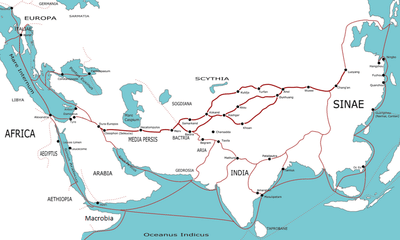
The Silk Road owes its route to the Chinese diplomat Zhangqian, who went looking for alliances far beyond the borders of his country, for Emperor Wudi.
At the start of the « Jade road », in the 19th century, it was renamed after the name of the most precious and expensive commodity of its markets : silk.
Initially a mere currency of exchange for the Chinese – who have kept its production secret for a long time – as well as for the Indian maharaja, it arouses the interest of the West. Kings and women love him.
Thanks to this long-standing unique link between the Mediterranean and China, distant peoples were able to exchange their wealth, but also their ideas.
If we like to imagine the spices, fabrics, precious stones, perfumes and jewellery on the stalls of the Grand Bazaar, this first "international trade" was not only used to enrich the peoples, it provoked a clash of cultures and religions, influenced the arts and allowed the circulation of legends, ideas, knowledge, discoveries and innovations, such as compass, gunpowder, paper making or printing, at a time when the world was not yet so vast: America has not yet been discovered… He was also responsible for the introduction of Buddhism and then Islam into Central Asia and China. Profound upheavals that have disrupted the maps of history and stirred up people. There is even a genetics of the Silk Road, which can be seen on the faces of the populations of certain Turkish cities, such as Konya, a former stronghold of Seljuks.
From caravans to caravels. From the Silk Road to the Spice Road
From the capture of Constantinople (1453), exchanges by land and thus the Silk Road, will be gradually abandoned, to the detriment of maritime trade: goods are too expensive because they are complicated and time consuming to transport and the routes are not safe (too many attacks). The high price of goods pushes the West to seek a new route to India, and the Chinese, wary of growing Islamization, also prefer to develop their exchanges by the sea. In addition, silk is now also produced in Europe.
These conquests by the seas will then allow great discoveries, including Christopher Columbus' America.
Even today, the Bosphorus remains a trading route : it hosts nearly 50,000 cargo ships a year.
